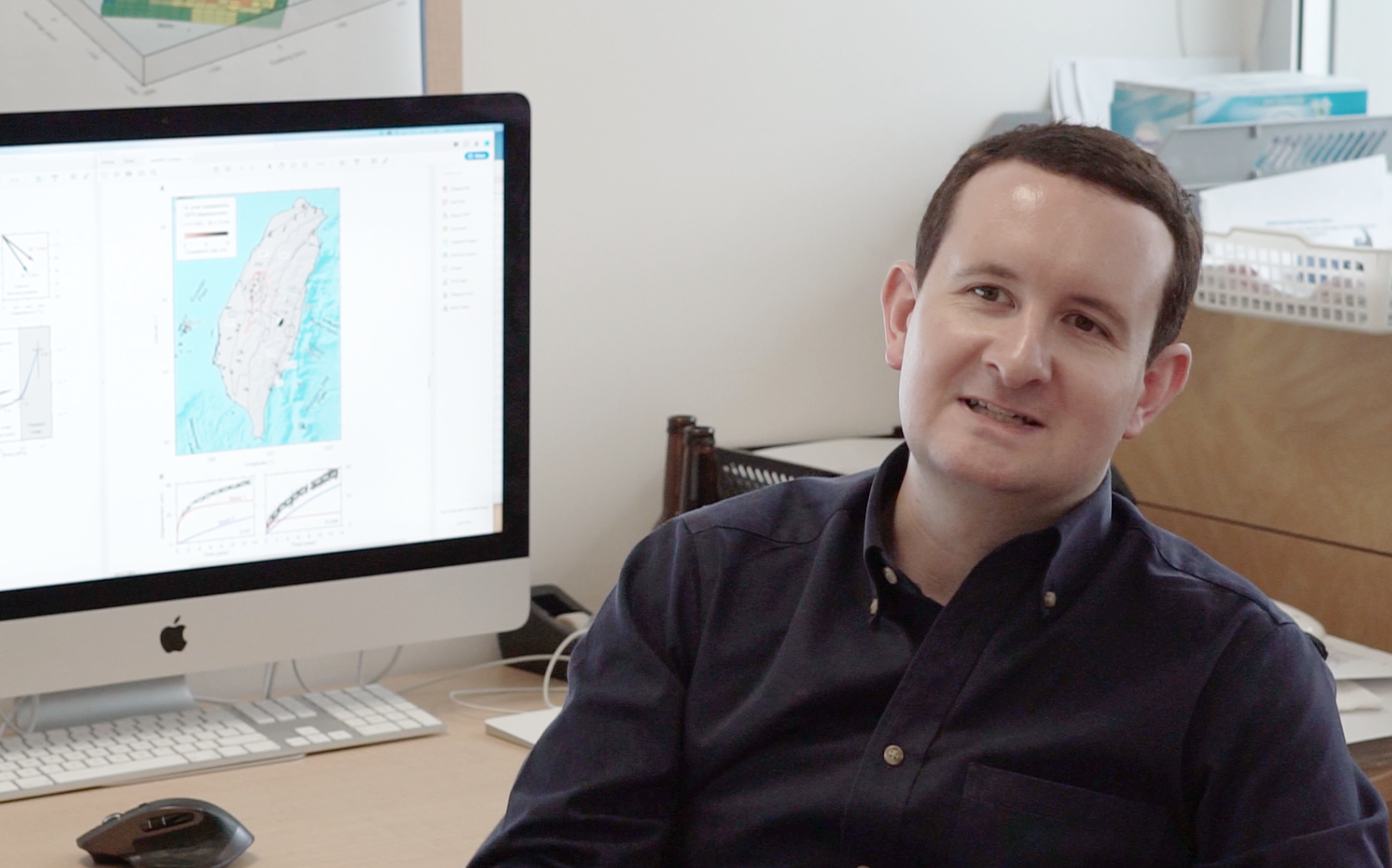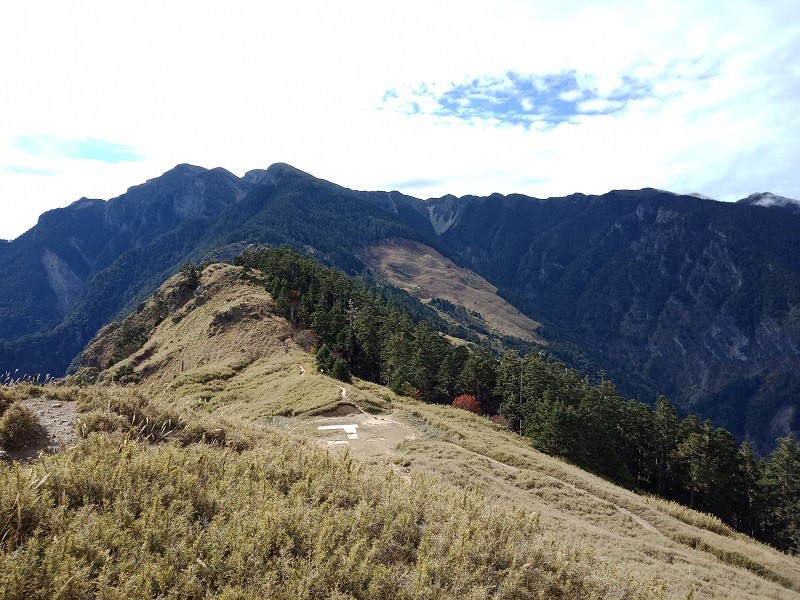
Scientists from Academia Sinica (Taiwan) and the Earth Observatory of Singapore (EOS) have published a study in Science Advances, using a technique developed at EOS for discerning the strength of rocks in Earth’s continental lower crust.
The strength of the lower crust plays an important role in controlling the size and time between earthquakes, as well as the evolution of plate tectonics and growth of mountains over geological time. Using our method we are able to image how the strength of the rocks vary in the lower crust beneath Taiwan, measured by their effective viscosity. If rocks have high effective viscosity, it means they are strong, and conversely low effective viscosity means they are weak.
We use 14 years of Global Positioning System (GPS) measurements following the magnitude-7.6 Chi-Chi earthquake, that shook central Taiwan in 1999, to directly image the evolution of strength in the lower crust, and learn how the effective viscosity of the lower crust varies over the 14 years since the earthquake. This method reveals the strength of rocks in their natural setting.
Comparing the temporal evolution of strength in the lower crust to various laboratory experiments and theoretical models allows us to bring a new perspective and understanding to the tectonic evolution of Taiwan. The strength of rocks result from a complex interaction between stress, minerals, grain size, fluid content, pressure, and temperature. In spite of the large difference in scales between laboratory measurements, we find broad agreement between our results and those measured in the laboratory.
The broad agreement we find encourages us to investigate the plausible range of thermal gradients beneath Taiwan, as the energy required to build mountains in Taiwan is strongly dependent on how easy it is to deform the crustal rocks. Greater thermal gradients, and correspondingly hotter rocks, have a lower viscosity and are easier to deform, reducing the energy required to build mountains and shortern the lower crust beneath Taiwan.

Our results suggest that temperatures beneath the middle Central Range and Coastal Plain of Taiwan range from 437° to 530°C and 423° to 557°C, respectively. This generally agrees with the distribution of seismicity in Taiwan, and implies present-day thermal gradients of 29° to 35°C/km above 15 km beneath the middle Central Range and 17° to 22°C/km above 25 km beneath the Coastal Plain.
Thus we find the combination of the high heat flow, thicker crust, and the absence of deep earthquakes in this region is a consequence of a weak lower crust beneath the Central Range, making it easier to build the Taiwan mountain range over geological time.

The 14-year-long observations of the post-seismic deformation, following the 1999 Chi-Chi earthquake, illuminates the strength of the rocks in the lower crust beneath the Taiwan mountain belt. Our study demonstrates a potential for geodetic observations to observe the strength of rocks in their natural tectonic settings and is applicable to any region that experienced a large earthquake with sufficient GPS coverage.
While our constraints on crustal rock strength are compatible with laboratory experiments at the steady state, our results also emphasise the important role of transient deformation during the post-seismic period. Despite the large disparity of spatial and temporal scales between laboratory and nature, our results are in broad agreement with laboratory rock experiments, and predict substantial variations of the thermal gradient between the Coastal Plain and Central Range in Taiwan.